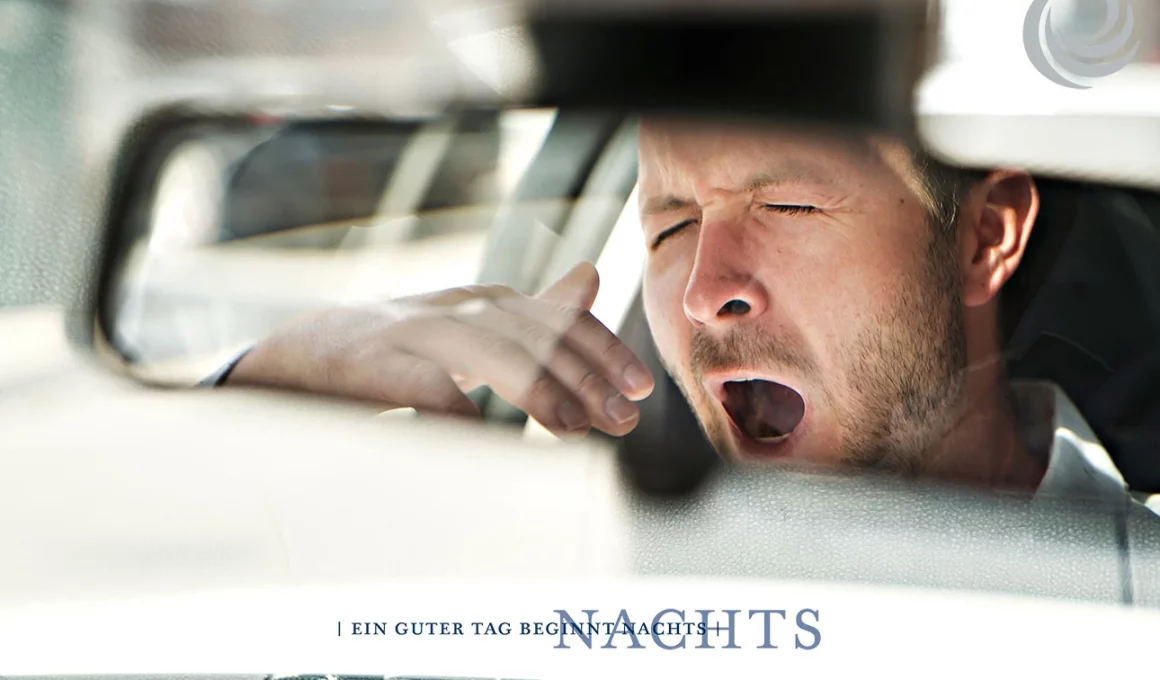As good as sleeping is in general, it can be dangerous in some situations. Microsleep is one of the main causes of all kinds of accidents in road traffic. As people are often injured and, in the worst case, killed, it is important to recognise the threat of microsleep at an early stage and successfully counteract it.
What causes microsleep?
The trigger for unconsciously falling asleep for a short time is usually extreme tiredness. This can have very different causes. Anyone who sleeps too little or too poorly over a long period of time is tired and listless during the day. Anyone who sits behind the wheel or has to work during their usual sleeping time often has to contend with severe tiredness, which can lead to microsleep. Shift workers in particular often have problems with persistent fatigue due to irregular working and rest times.
Long car journeys without breaks can also make you sleepy and therefore be particularly dangerous. However, daytime sleepiness is not always caused by external influences. Illnesses can also have a significant negative impact on sleep behaviour and sleep quality. For example, sleep apnoea syndrome can also be a trigger for microsleep.
What are the signs of microsleep?
Our body sends us very clear signals when we are particularly tired. We yawn frequently, our eyes feel irritated and our eyelids feel heavy, we start to feel cold easily. These are all typical signs that we are very tired. When driving a car, increased inattentiveness, a rigid fixation on the lane and a restless and uncoordinated driving style are also among the characteristic symptoms of excessive tiredness. This can quickly end in a microsleep. Similar to alcohol consumption, heavy drowsiness at the wheel leads to a significantly reduced ability to react.
It is therefore extremely important to recognise the physical and mental signals of severe fatigue in good time and to counteract them successfully. However, the person affected does not always collapse asleep and fall into microsleep. Insidiously, microsleeps can also occur in people who appear awake and rested with their eyes open.
Sleeping in road traffic: the unconscious danger
Falling asleep at the wheel is particularly dangerous. Just a few seconds in a sleepy state means that you are travelling a considerable distance, usually at high speed, blindly so to speak. For example, at a speed of 120 kilometres per hour, over 30 metres are covered in just one second. Microsleep therefore harbours a considerable risk for the driver himself, his passengers and all other road users.
Microsleep: what can you do about it?
The solution to microsleeps is simple: get enough and good sleep to maximise the recovery factor. Excellent sleep hygiene with regular bedtimes and bedding that is customised to your needs are an important step towards good and restful sleep.
On longer car journeys, it is advisable to take regular breaks – preferably every two hours. Exercise and fresh air help during the break, as does a short nap of no more than 20 minutes. A so-called power nap improves concentration and performance. This means that consciously taking a short nap is also suitable for anyone who is overwhelmed by fatigue during the day and urgently needs to relax and refresh.














